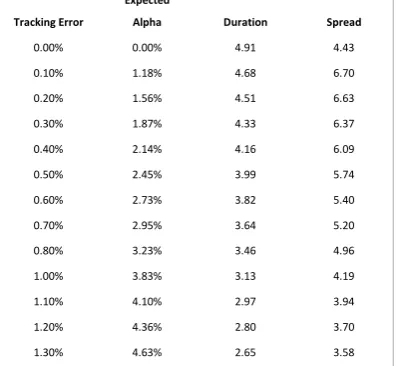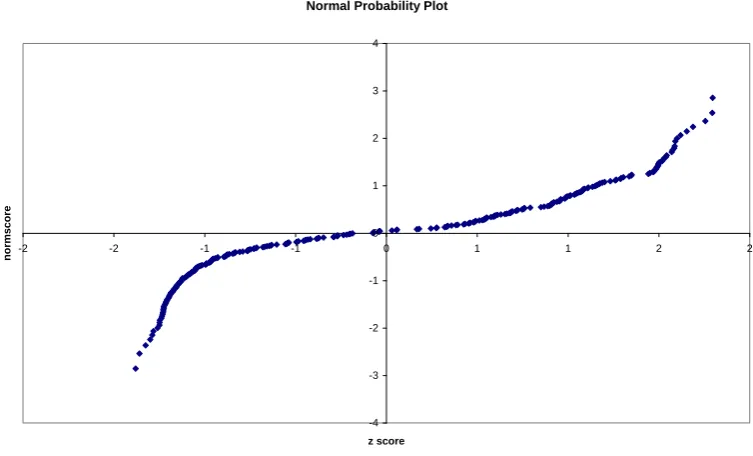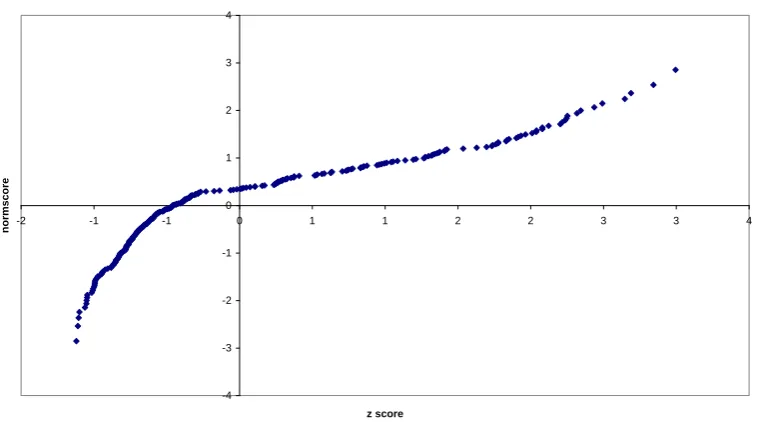Fixed income portfolio construction: a Bayesian approach for the allocation of risk factors
Full text
Figure


Related documents
The first three of our four income models are total portfolio solutions that roughly correspond to the conservative, moderately conservative and moderate total return model
It is straightforward, in principle, to adapt his model to fixed income management, namely, by letting the factors be interest rates in accordance with a desired interest rate model
The information ratio (ratio of excess return to risk associated with active management) has been 0.7 since the external fixed income portfolio was established, and during the
Therefore, this study seeks to establish a portfolio formulation among asset classes, which are stocks and fixed-income instruments (government bonds and corpo- rate bonds),
• Managed by an experienced team of fixed income specialists • Diversified portfolio of 60-70 holdings • Estimated Initial Annual Distribution Yield – 6.3%, payable monthly •
While rising rates adversely impact bond prices, various sectors of the fixed income market respond differently and active portfolio management can help mitigate the impact on
Unlike equities, however, passive approaches have frequently underperformed active strategies in some areas of the fixed income market, and they tend to expose investors to
Russell’s Global Bond Fund follows an active approach to global bond investing, focusing on uncorrelated, complementary fixed income strategies with a vigorous emphasis




